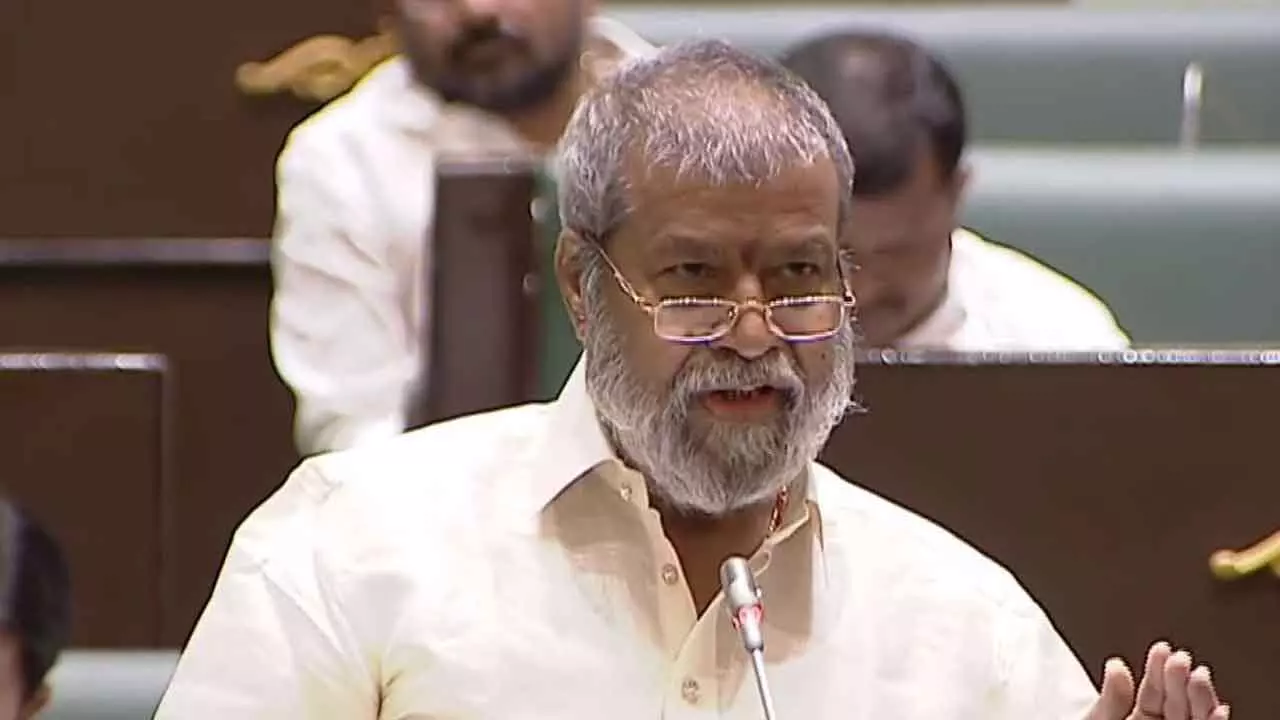Damodar: SC categorisation is not against any community

Hyderabad: Stating that the categorisation of the Scheduled Caste (SC) was not against anyone or to belittle any particular community, the Health Minister C Damodar Raja Narsimha on Tuesday said that the government took up scientific categorisation based on the empirical study by the Commission and the judgment of the Supreme Court to ensure the categorisation stays even if someone approaches the court.
The Minister made these comments during the discussion on The Telangana Scheduled Caste Rationalisation of Reservation Bill 2025. Raja Narsimha thanked all the parties for their unanimous support to the bill. “The Supreme Court gave directions that reservation advantage should be given to the most disadvantaged group and the State government accepted this in toto. I am happy that all have supported this,” he said.
The Minister informed that the One Man Commission recommended that the 59 Scheduled Castes be divided into three groups I, II and III. The 15 most socially, economically and educationally backward castes were included in the first group. Their population was 1,71,625 (3.288 per cent of the total SC population). Since they were most socially, economically, educationally and in terms of employment, this group was given preferential treatment and was allotted 1 per cent reservation over and above their population percentage.
He further said that the 18 castes that were moderately benefited socially, economically and educationally were included in Group 2. The population of these 18 castes was 32,74,377, and they were allotted 9 per cent reservation. The 26 castes that benefited socially, economically and educationally were included in Group 3 and 5 per cent reservation was provided to them. Four castes in the old Group A, 10 in the old Group B, and 20 in the old Group C continue to be in the same groups. There is not much difference between the old classification and the new classification. A total of 33 castes continued in the old and new classifications as usual. Only 26 castes, including the newly added Yatala and Valluan castes, were included in other groups. The population of these 26 castes is 1,78,914 (the population of these 26 castes in the total Scheduled Castes population is only 3.43 per cent.)
The Minister said that the Commission concluded through its study that it was not practical to classify the Scheduled Castes into two or four groups due to social, economic conditions and historical background.


